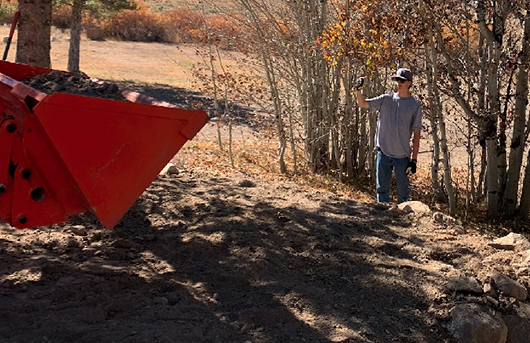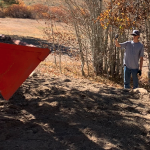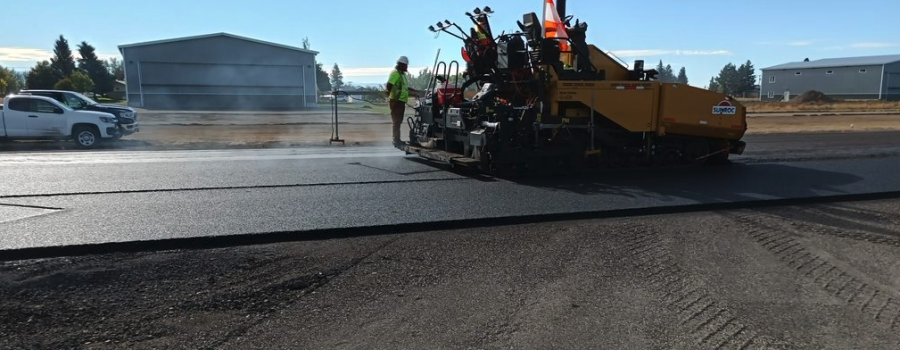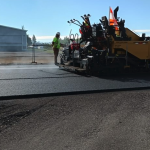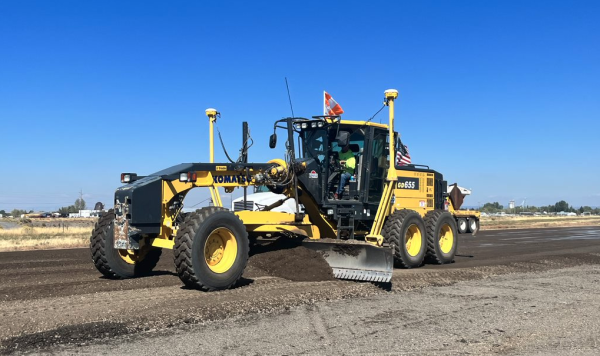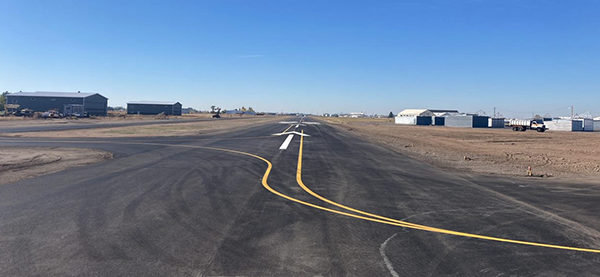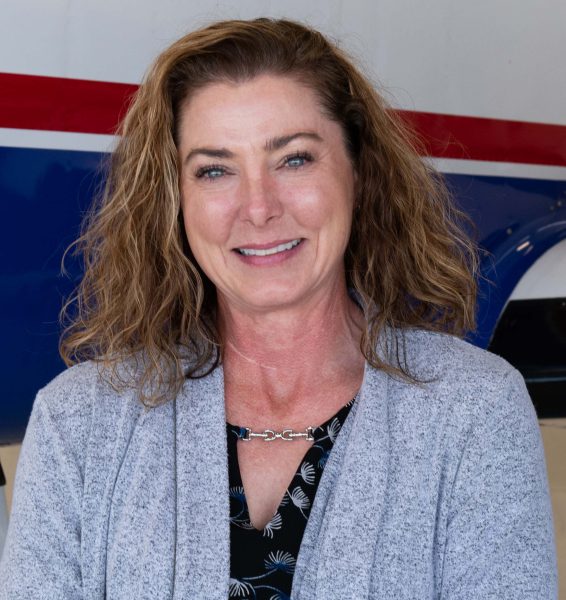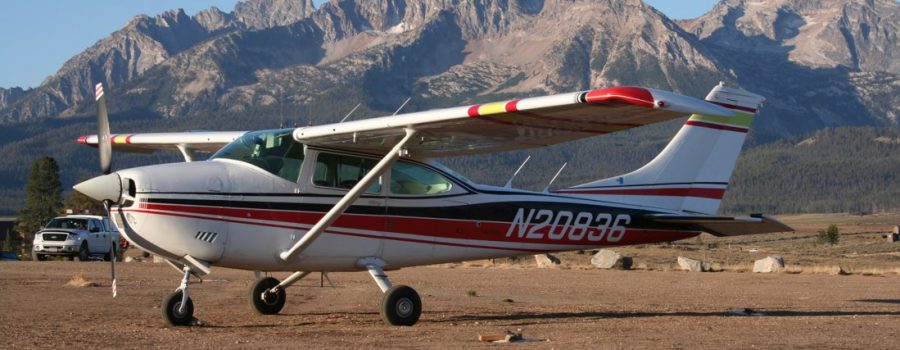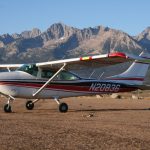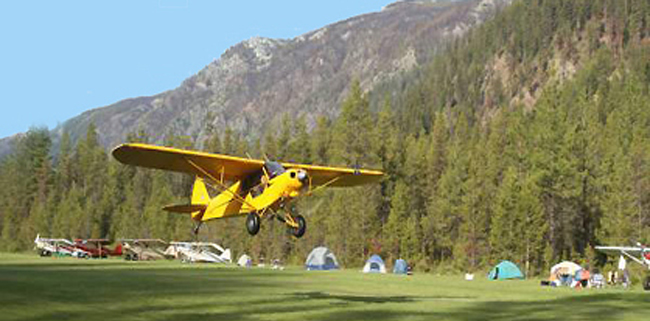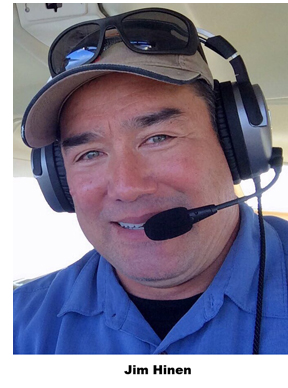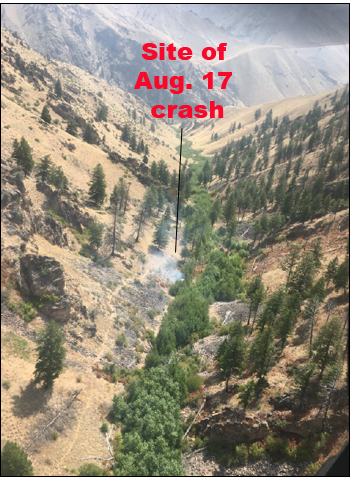Tom Mahoney takes reins as new Idaho Aeronautics Administrator
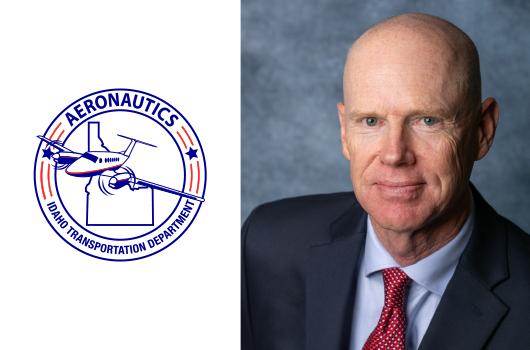
BOISE – Tom Mahoney, an Idaho pilot with more than three decades of aviation experience in the Gem State, takes over May 15 as the new Idaho Division of Aeronautics Administrator. He replaces Jeff Marker, who is retiring in early June after nine years with the department and four years as Aero’s Administrator.
In leaving, Marker stated he is incredibly honored to have had the opportunity to work for ITD
“This is an extraordinarily professional group, and I feel privileged to have been at least a small part of the team,” Marker explained. “Aero and ITD will be in great hands as Tom takes over as Administrator.”
Mahoney brings enthusiasm and a wealth of Idaho experience to the new position.
“I am thrilled to be selected,” Mahoney said. “I am glad to continue to contribute to air commerce and safety in Idaho, a state that benefits tremendously from aviation.”
Mahoney has been a military aviator, aircraft owner, small-business owner, flight instructor, and air charter pilot in Idaho for the past 30 years.
“I will use all of those skills as I serve the team members in the Aeronautics Division,” he added. “I look forward to continuing Jeff Marker’s legacy and supporting the vision and mission of the Idaho Transportation Department.”
Aviation runs in Mahoney’s blood. “Aviation has been a passion of mine since winning an art contest for United Airlines when I was eight years old,” he said. “My father was a United Airlines employee, so I had early exposure to many great people in aviation.”
Like Marker, Mahoney has an Air Force background. He is a graduate of the U.S. Air Force Academy (Physics), Air Force Test Pilot School, Master of Aeronautical Science from Embry-Riddle University, and an MBA from the Wharton School at the University of Pennsylvania. After a decade of flying fighter aircraft, Tom served for four years as a budget officer in the Pentagon.


